Climate Change “The Beginning Of The End”
Alterations to the global climate are not an issue of the distant future. Human-caused climate change is already having far-reaching consequences for Earth’s ecosystems, including the melting of ice sheets and rivers, the early emergence of spring flowers, and the relocation of some animal species.
Table of Contents
ToggleExplain Climate Change.
By “climate change,” we mean variations in average temperatures and precipitation throughout time. Since the 1800s, the burning of fossil fuels like coals, petroleum, and gas has been a significant contribution to climate change.
Emissions of greenhouse gases result from the combustion of fossil fuels, and these gases act like a blanket to trap the sun’s heat and raise global temperatures.
The amount of greenhouse gases being released into the atmosphere at the moment is the most it has been in at least 2 million years.
Meanwhile, pollution levels are climbing. Because of this, the planet has warmed by around 1.1 degrees Celsius since the end of the nineteenth century. Extreme heat was experienced during the recent decade (2011-2020).
The common perception is that rising temperatures are the main effect of climate change. A rise in temperature, however, is merely the beginning. To put it simply, because Earth is a system in which everything is interconnected, shifts in one region can have ripple effects throughout the whole planet.
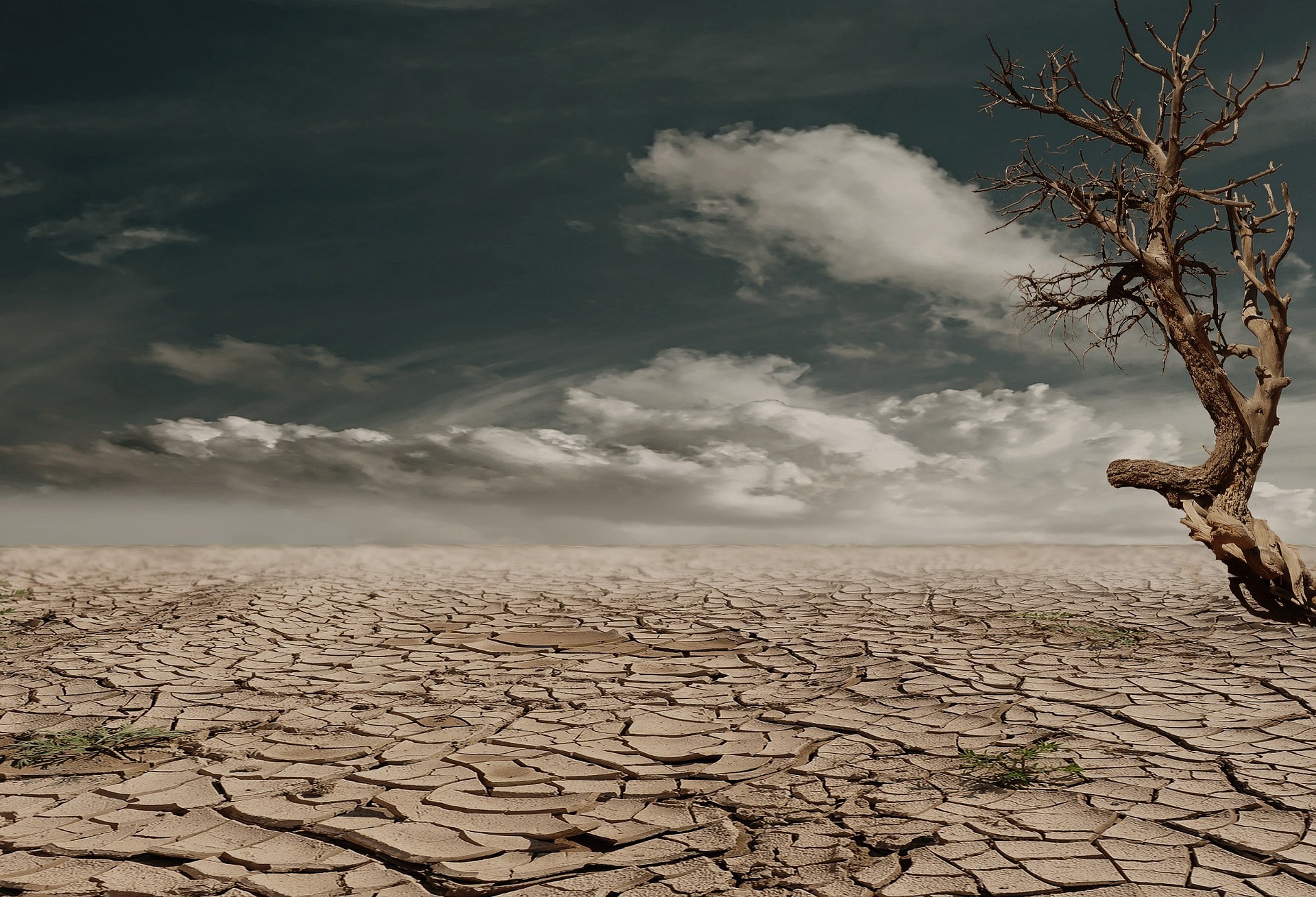
Droughts, water shortages, wildfires, floods, melting polar ice, severe storms, and a loss of biodiversity are only some of the current effects of climate change.
Emissions of greenhouse gases such as carbon dioxide and methane are a significant factor in the state that the climate of the planet is in at the present time. These are produced when, for instance, gasoline is used to move a vehicle or coal is used to heat a home. Deforestation releases carbon dioxide. Methane gas is mostly released by landfills.
Many other sectors, including energy production, manufacturing, transportation, construction, agriculture, and urbanization, contribute to pollution.
Scientists have long projected that one of the repercussions of global warming will be a reduction in the amount of sea ice, an acceleration in the rate at which sea levels will rise, as well as longer and more powerful heat waves.
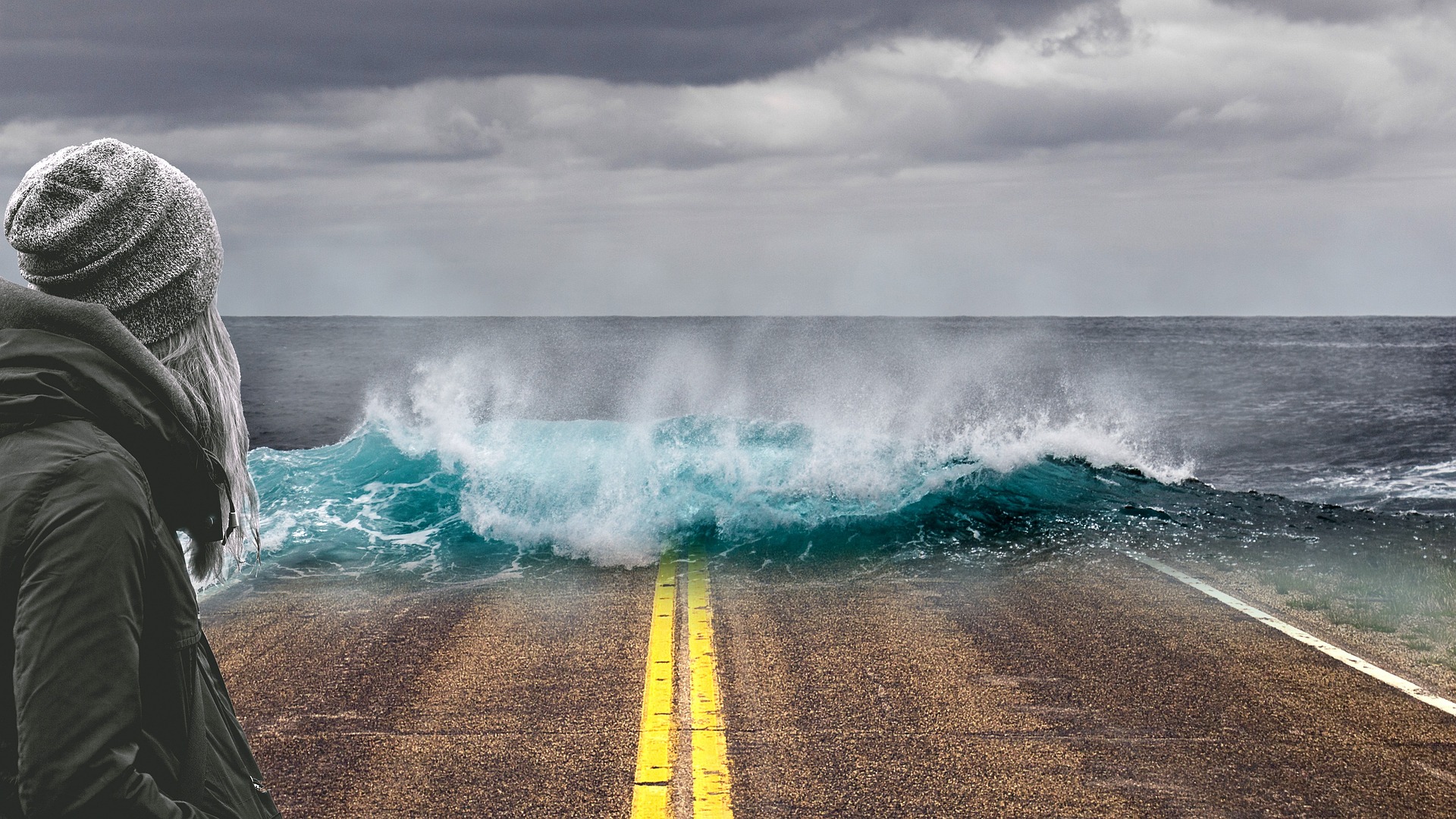
Scientists have underestimated the speed of some changes (such as droughts, wildfires, and excessive rains). The Intergovernmental Panel on Climate Change (IPCC), a UN body established to assess climate change science, has concluded that the observed changes in our global climate have never been seen by modern humans and that some of these changes are irreversible over the next hundreds to thousands of years.
Many scientists believe that human-caused greenhouse gas emissions will continue to be the primary cause of the planet’s warming for the foreseeable future.
Future human actions will determine the magnitude of climate change’s consequences. More greenhouse gas emissions means more intense weather and more extensive damage. However, the overall amount of carbon dioxide we emit will determine the severity of those future repercussions. Therefore, if we are successful in lowering emissions, we may be able to forestall or at least mitigate some of the most severe consequences.
There Will Be A Sea Level Rise Of 1 – 8 Feet By The Year 2100.
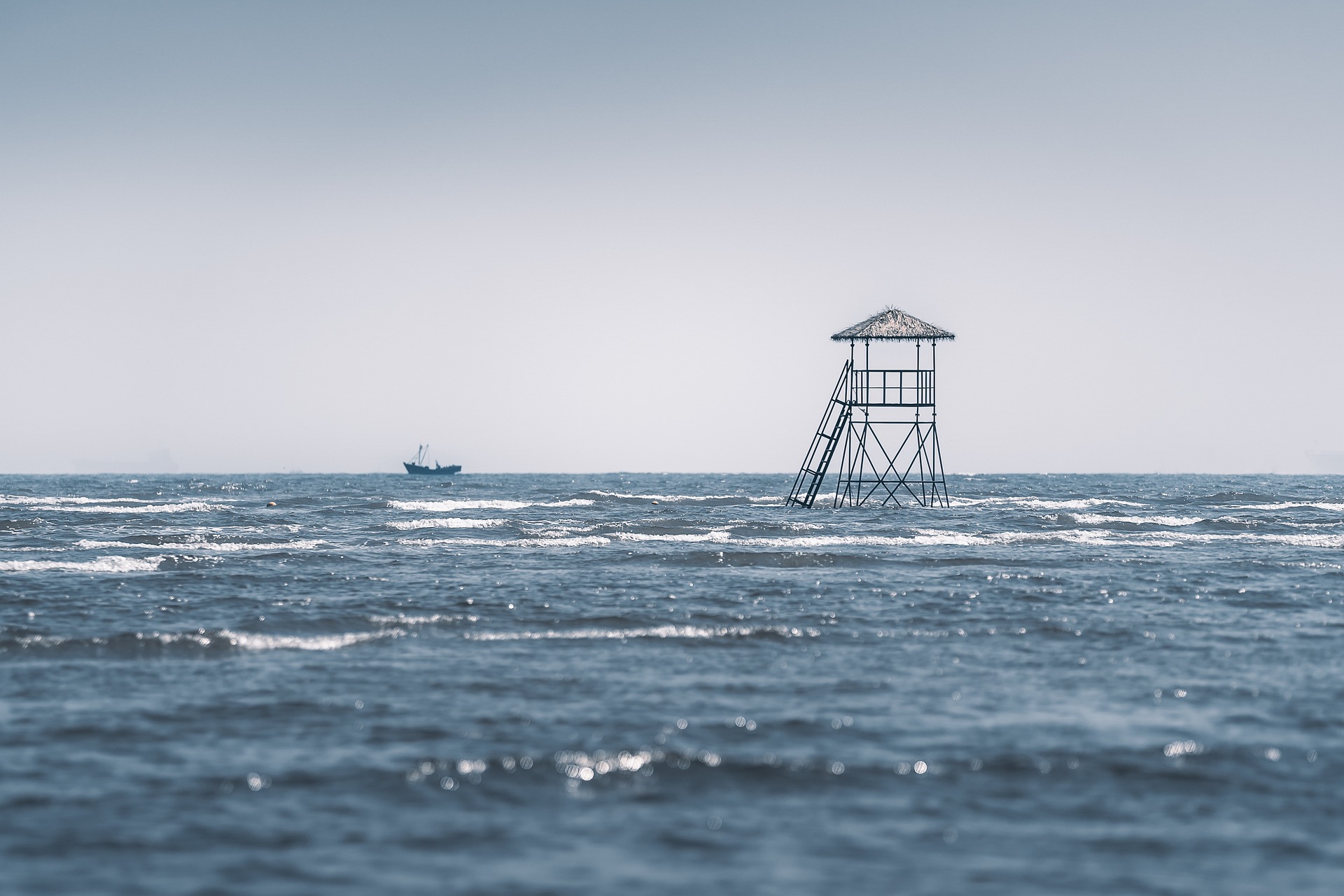
Since 1880, when accurate records first appeared, the average sea level rise has been around 8 inches (0.2 metres). If we maintain our current rate of carbon emissions, scientists predict it will rise by at least another foot (0.3 metres) by 2100, and maybe as much as 8 feet (2.4 metres). The rise in sea level is being caused by a combination of factors, including the expansion of saltwater as it heats up and the influx of water from dissolving land ice.
Since storm surge and high tides compound with sea level rise and sinkage of land near coastlines to exacerbate flooding, even slight sea level changes might produce significant flooding in some regions. Because it takes the ocean so long to fully respond to warmer temperatures at the Earth’s surface, By the year 2100, there will be an increase of 1 to 8 feet in the level of the sea. Because of climate change, it is unavoidable that sea levels will continue to rise.
It is anticipated that the warming of the planet will continue well into the second part of this century and beyond. Human emissions of heat-trapping gases and the Earth’s sensitivity to those emissions determine the extent of climate change and the severity of its repercussions.
More Powerful And Intense Hurricanes Are On The Horizon.
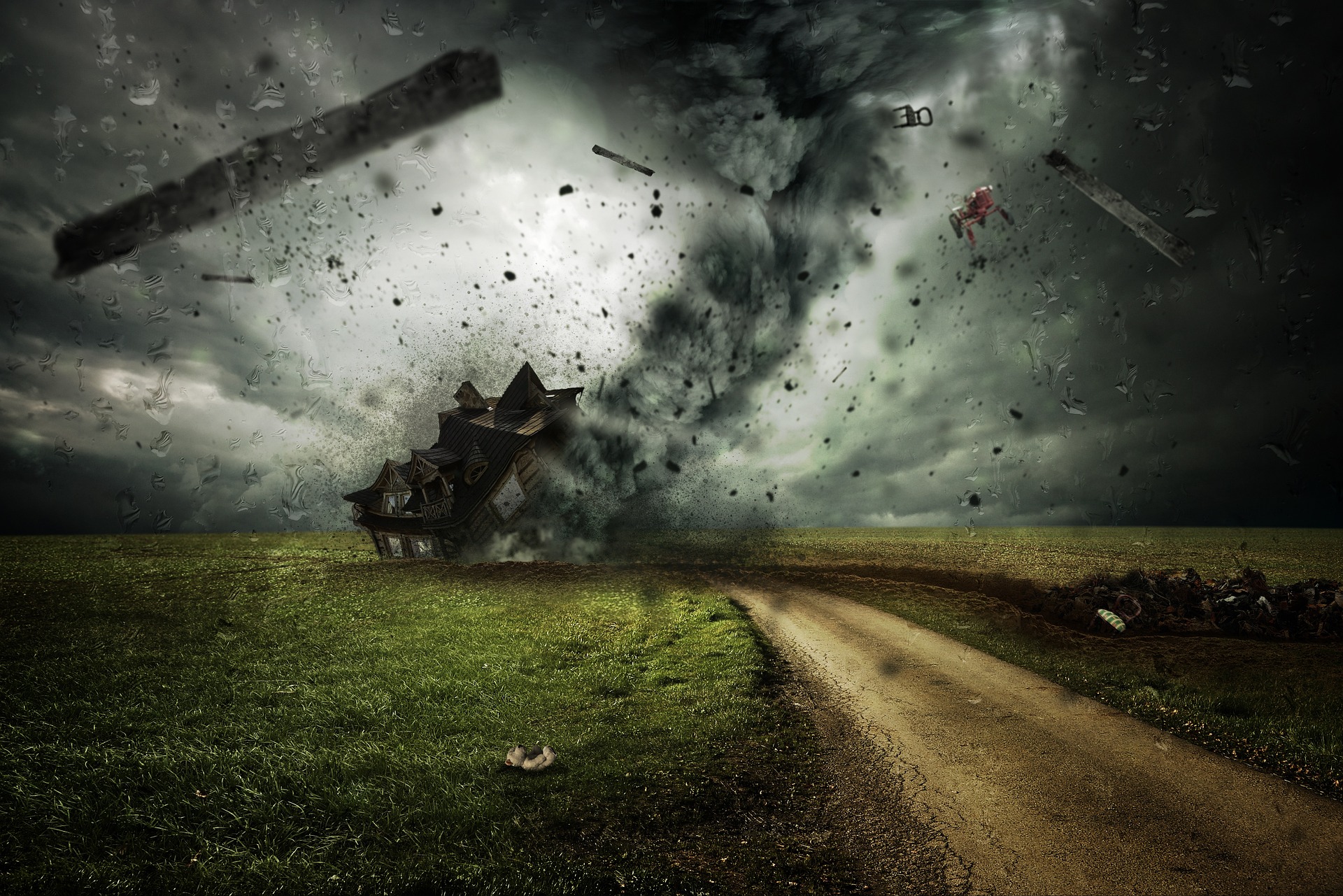
Since the 1980s, there has been an uptick in both the severity and frequency of the most powerful storms in the North Atlantic (Category 4 and 5). As the planet warms, scientists predict that hurricanes and the storms they bring will become more powerful and produce more precipitation.
Heat Waves and Droughts Will Increase
Heat waves (periods of exceptionally hot weather lasting days to weeks) and Southwest droughts are expected to worsen, whereas cold waves are predicted to become less severe and less often.
By year’s end, the average temperature will have risen. If we maintain our current rate of greenhouse gas emissions, by the end of this century we should expect to experience extreme heat episodes that previously occurred once every 20 years.
Greater Length of Wildfire Season
Wildfire season has lengthened and intensified in the West as a result of rising temperatures, and the region’s worsening drought has only made things worse. Scientists believe that forest fires have increased by at least a factor of two due to human-caused climate change over the past few decades. Wildfire damage in the West is expected to increase by a factor of two to six by the year 2050. An estimated 30% rise in wildfires is predicted worldwide, including in rainy regions like the Southeast.
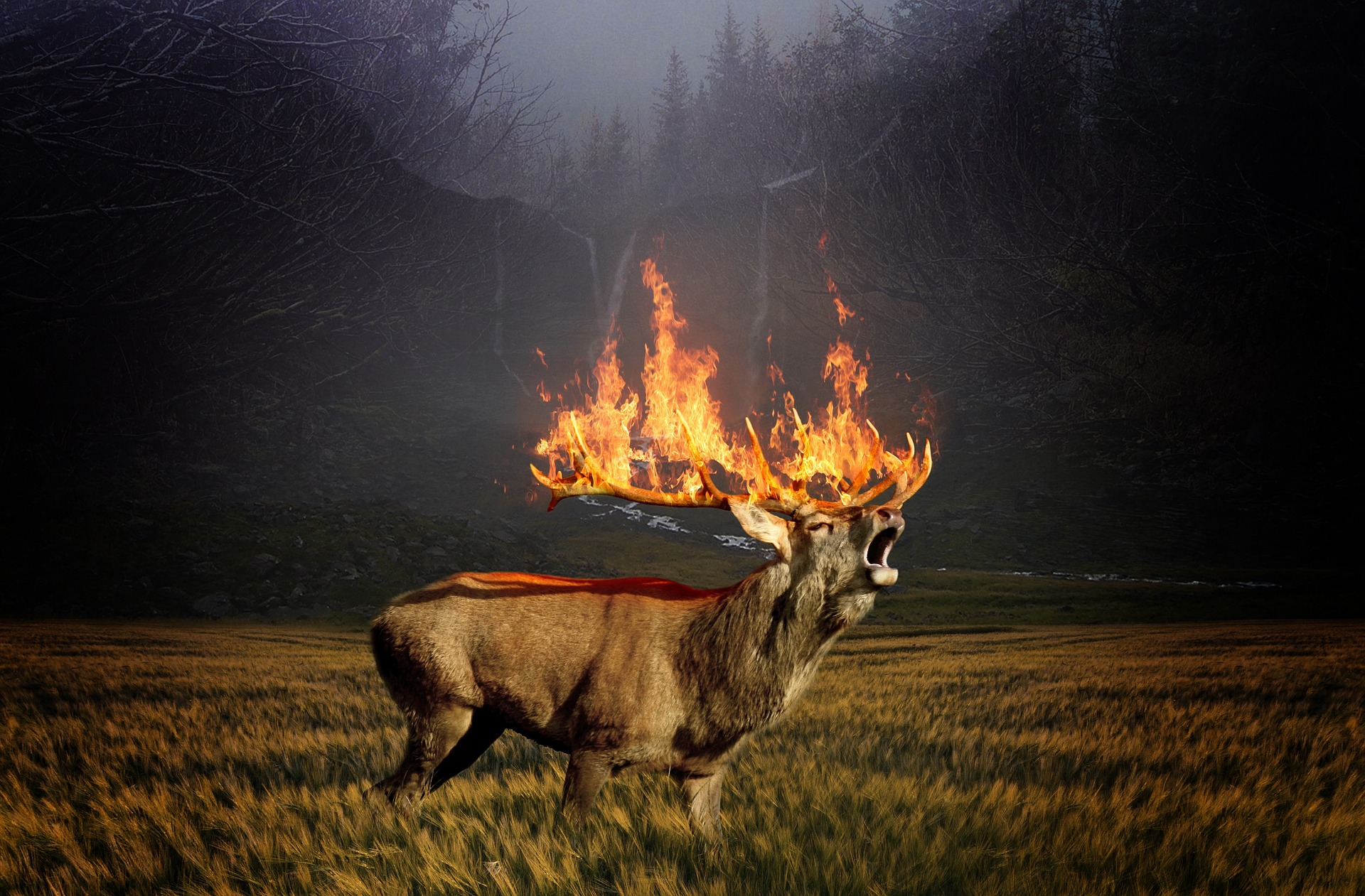
There has been a worldwide extension of the fire weather season. Even while drought is still the primary cause of fire emissions, rising temperatures have led to more fires in several tropical and temperate locations. Larger and more frequent fires are also occurring in the northern boreal zone (the Earth’s northernmost forests) in the Arctic, and this may worsen as the climate continues to rise.
Smoke from wildfires is a threat to the health of tens of millions of people in the United States, and the number of fires and length of the fire season are both increasing. Also, the price tag for putting out these blazes has increased 11-fold over the past three decades, which is a hardship on top of the obvious public health concerns.
Alterations to Rainfall Patterns
Precipitation (rain and snow) in the United States is being unevenly impacted by climate change, with some areas experiencing excessive precipitation and flooding and others facing drought. Precipitation in the northern United States is expected to increase over the winter and spring months while precipitation in the Southwest is expected to decrease.
Climate predictions for the United States in the future indicate that the recent trend toward greater heavy precipitation occurrences will continue. This means that although some places (like the Southwest) may see less rainfall overall, when it does rain, it is more likely to come in the form of torrential downpours.
Increased Length of the Growing Season and Decreased Frequency of Frost

Since the 1980s, the length of the frost-free season and the growing season that follows it has been rising, with the greatest increases happening in the western United States. Ecosystems and agriculture in the United States are predicted to be impacted by the lengthening growing season.
If greenhouse gas emissions keep rising at their current rates, the growing season in much of the United States could get an extra month or more by the end of the century, with slightly lesser gains forecast for the northern Great Plains. Particularly in high elevation and coastal places, the frost-free season in the western United States may extend by more than eight weeks. If we can minimise our output of heat-trapping gases, the rises will be moderated.
Consequences of a Continual Rise in Global Temperature
American weather is highly sensitive to global climate shifts. The average global temperature over the past eight years has broken all previous records. Recent studies have shown that both the present global temperature and the rate of warming are the highest they have ever been in the last 24,000 years. It is anticipated that these patterns would continue, but future warming could be mitigated by cutting greenhouse gas emissions.
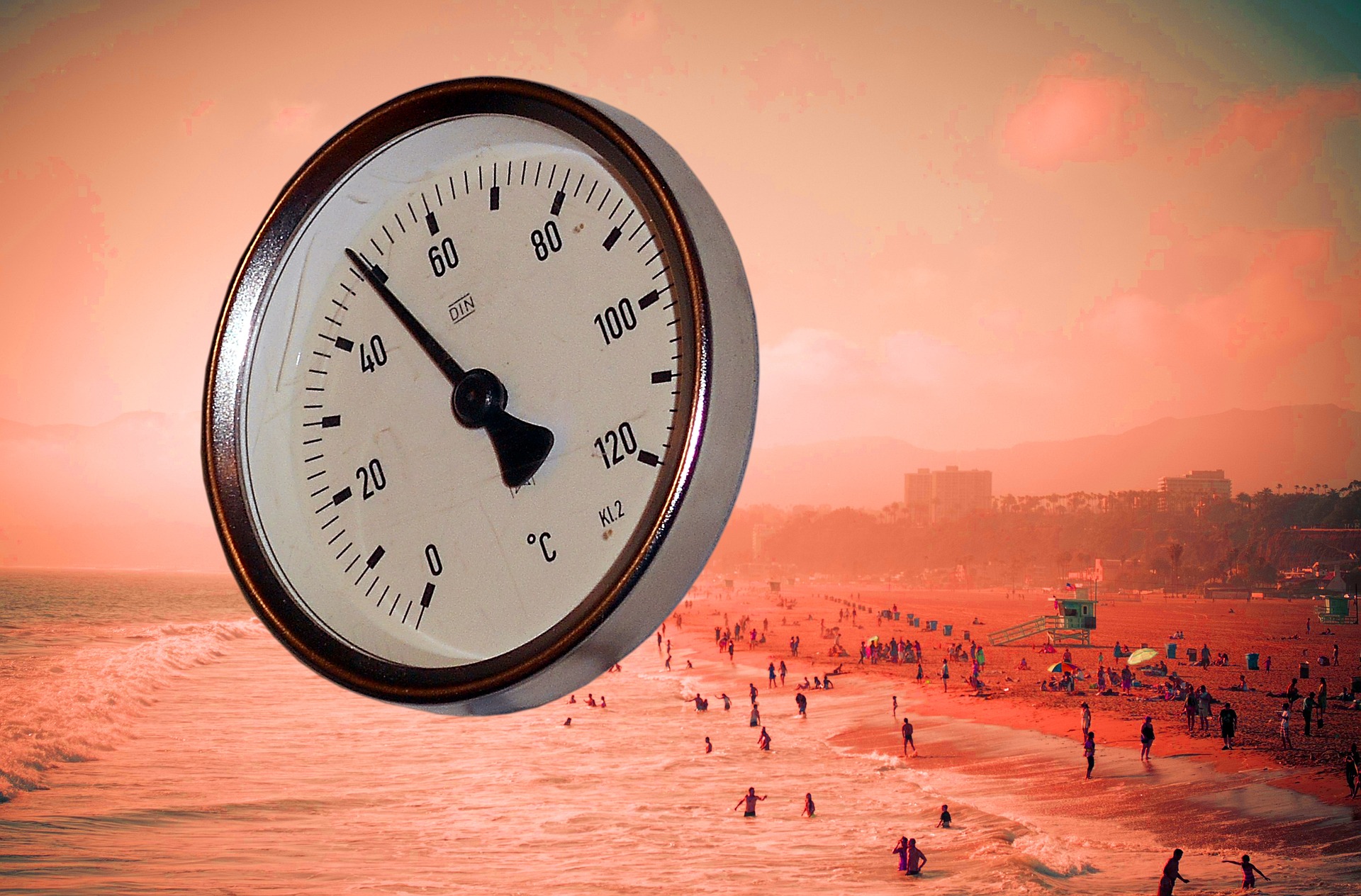
It’s Highly Possible That the Arctic Will Become an Ice-Free Sea It is anticipated that the ice cover in the Arctic Ocean will continue to recede, and that the Arctic Ocean will likely become essentially ice-free in late summer by the middle of this century.
Don’t Just Post
It’s good that you guys are forwarding the posts on Instagram that you are fighting against climate change, but the funny thing there’s a lot that we need to know about this phenomenon. Believe it or not, if you start researching you will be scared! We are all in this together and we have just one planet to live for! If you go carbon neutral there are many benefits specially for businesses. You can checkout the benefits of going carbon neutral for businesses here!







